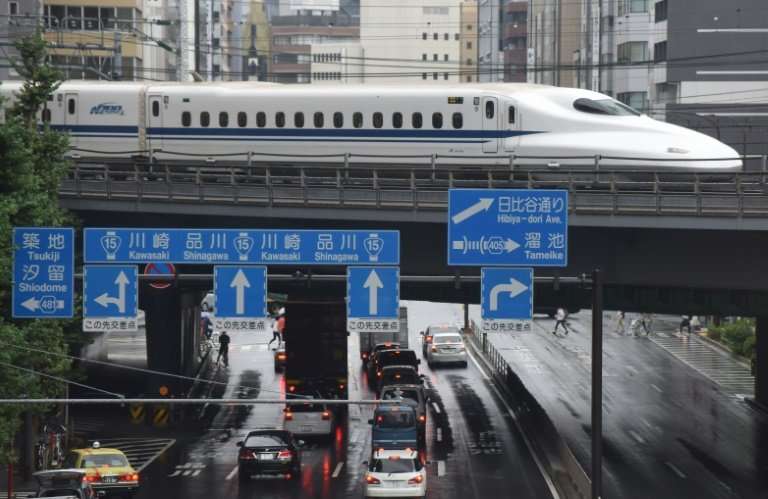Parts pulled from Japan bullet trains over crack fears

The Japanese company behind the country's iconic bullet trains said Wednesday it had supplied nearly 150 faulty wheel parts that could crack and potentially cause a derailment.
Kawasaki Heavy Industries launched an investigation after a crack was found in its parts under one carriage of a "Shinkansen" in December.
Kawasaki found that the likely cause of the crack was that steel frames connecting the wheels to the chassis were thinner than regulations stipulate.
It said similar problems were found in a total of 146 parts on bullet trains owned by two operators, which were reportedly exchanging them even though there were no immediate fears of cracks.
"I apologise for causing great trouble and worries," Kawasaki Heavy Industries president Yoshinori Kanehana told a news conference.
On December 11, 2017, the crew aboard a bullet train reported a burning smell and strange noises when it pulled out of a station in southern Japan.
The train stopped for checks at Nagoya station in central Japan and inspectors discovered the crack.
If the train had continued to run, the crack could have caused it to derail in the worst-case scenario, transport officials said.
About 1,000 passengers aboard were unhurt and they continued their journey on fresh trains.
Japanese shinkansens have been derailed before due to earthquakes but no-one has been hurt.
© 2018 AFP



















